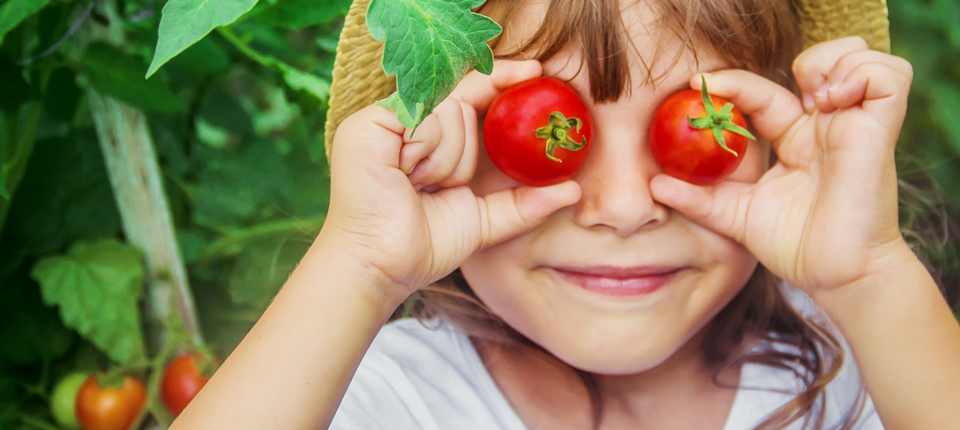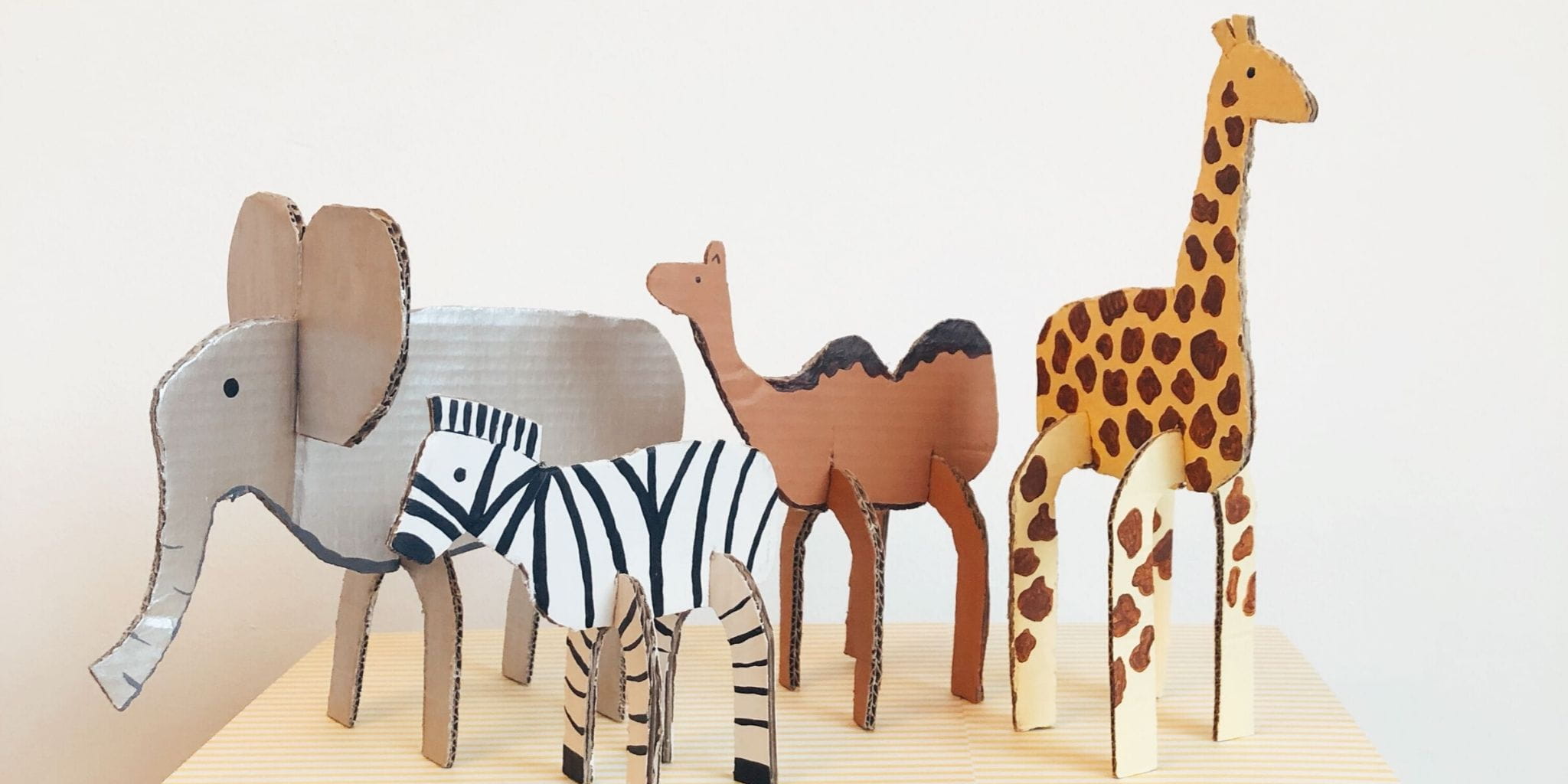
4 simple and fun science activities for kids
Many kids already think different aspects of science are interesting - which makes it a great way to support them to have fun while learning. Luckily, there are a ton of simple activities and experiments to help kids learn about science and have fun with it.
Read on for some of our favourite activities!
Planting tomato seedsOne really simple experiment you can do to get the kids excited about science and agriculture is planting tomato seeds. It’s simple to do, all you need is a few small pots, some soil, some cherry tomatoes, and a bit of patience!
Simply cut the cherry tomatoes open and remove the seeds. Prepare the small pot(s) with soil just below the rim. Place a few seeds directly into the soil and cover them with a thin layer of soil. Then water the seeds, place the pots in a sunny location, and wait. Make sure you water the seeds once a day. You should see the tomato seedlings start to sprout in no time!
Other fun ways to get the kids involved and excited about the growing process is to have them track the growth of the tomatoes. They can measure them every day or every few days to see how they are growing, make pictures or drawings depicting the growth, and if they are into math even calculate how much or how fast the plants are growing.
Planting tomato seeds with kids is a fun way to get kids excited about gardening and plant science. It can even give them a better understanding of nature around them and the agricultural background behind how tomatoes and other fruits and vegetables they eat are grown.
You can also vary up the experiment using other plant seeds from plants you’d normally eat. Some examples of this can be capsicum or dried beans.
All you need to create your own cardboard animals with your kids is some extra cardboard to reuse, scissors, and something to colour with.
You can create typical zoo animals, or even rare and unique animals native to New Zealand!

To begin, you need to have the outline of the animal to cut out of the cardboard. You can draw this outline by hand or print out a picture to use as a template to trace around (this may be easier for younger children).
** Don’t forget to draw some U-shaped pieces of cardboard to serve as the animal’s legs!
Next, you’ll have to cut out the body and legs of your animal. It’s usually best to have an adult do this since it may not be safe for younger children to use scissors and cardboard can be tough to cut through.
Once you have your cut outs, you can colour them in to decorate your animal. You can make this very realistic with precise patterns and colourings that you may expect to see in the wild, or the kids can take a more abstract approach and draw a purple giraffe should they want to!
After this, simply create a slit at the bottom of the animal (where the legs should be), and slide the U-shaped legs into the body. And voila! The cardboard animal is complete.
From here, it’s really easy to make this fun activity into an educational one. You can share some fun facts about the different species of animals and create stories about them regarding this. For example, kiwi’s are one of few birds that are never fed by their parents, they emerge from their nests at 5 days old and have to find their own food. (source: https://www.doc.govt.nz/nature/native-animals/birds/birds-a-z/kiwi/facts/)
Backyard activities There are plenty of science activities that are easy to do in the backyard, around the neighbourhood, or in the local park. Some fun ideas are:
- Bird watching
- Making simple bird feeders
- Identifying different plants and animals
Not all fun science activities for kids have to do with wildlife! There are lots of other areas of science that can be fun and educational to explore with kids. One example of this is playing a “name the bone” activity.
Click here to print and cut out the bone template we’ve included for you.
All in all, whether your child is interested in animals, plants, or even anatomy, there is sure to be a fun activity that can help them learn more.
If you’re looking for more inspiration, check out the Babysits article on fun and easy science experiments and stay tuned for more ideas and fun learning activities you can do with the kids this summer!




